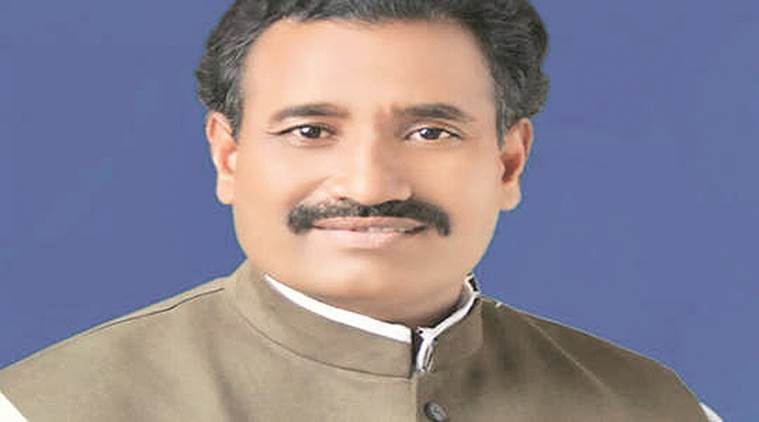Union Budget 2020: The finance minister has given a glimpse of what the Direct Tax Code may look like. A new personal income tax regime has been introduced with more income slabs, lower tax rates and with very few deductions and / or exemptions. Personal income tax rates for those earning up to Rs 15 lakh have been reduced materially, on the condition that they forego most of the deductions and exemptions.
In the new regime, there is no tax till income of Rs 5 lakh. Five income slabs have been introduced thereafter— income above Rs 5lakh up to Rs 7.5 lakh to be taxed at 10%, above Rs 7.5 up to Rs 10 lakh at 15%, above Rs 10 lakh up to Rs 12.5 lakh at 20% and above Rs 12.5 up to Rs 15 lakh at 25%.
Income above Rs 15 lakh shall be charged at 30%. Though this is a significant reduction in tax rates, the lack of deductions / exemptions in the new regime means there is very less incentive for an existing taxpayer to shift from the old regime to new regime. Thankfully, the old regime shall continue parallelly and investors have a choice to opt for either of them. However, in future, there is a high chance that as the new regime gets hold, the old regime shall be phased out gradually.
Some of the popular deductions and exemptions that one has to forego in order to be eligible for lower tax rates under the new regime are Section 80C (Contribution to PF, investment in insurance, ELSS, payment of children’s tuition fee, principal repayment of housing loan, etc.), Sections 80CCC & 80CCD on contribution to NPS; (deduction on employer’s contribution to NPS under Section 80CCD(2) remains), Section 80D (health insurance premium), Section 80G (donations), etc. Standard deduction on salary income, deduction on house rent allowance, deduction of interest on home loans are some of the other casualties in the new tax regime.
Watch Video: What is Union Budget of India?
Among other significant announcements that got overshadowed by the income tax changes were the abolishment of dividend distribution tax (DDT) and a rise in deposit insurance coverage on bank deposits from Rs 1 lakh to Rs 5 lakh. Dividends shall now be taxed in the hands of the recipient at the applicable rates and investors in the 20% or higher tax bracket shall be paying higher taxes on dividends.
The government plans to launch a Government Securities ETF soon that will enable retail investors to participate in the G-Sec market. This gives a safe investment option to conservative investors given the recent spate of credit defaults.
The push for overseas risk capital was evident from the 100% tax exemption to sovereign wealth funds on gains from investments in certain sectors and extension of the 15% concessional corporate tax rate to new power generation companies. FPI limits in corporate bonds were also raised from 9% to 15% to address the funding problems of corporates.
The government also announced plans to divest a part of its stake in LIC via the IPO route. Tax deductions have been a significant driver of savings and investment behaviour in the economy. By not incentivising savings and investments, we seem to be promoting consumption at the cost of savings. Are we being nudged towards an earn-and-burn economy? No doubt, millennials would love it.
